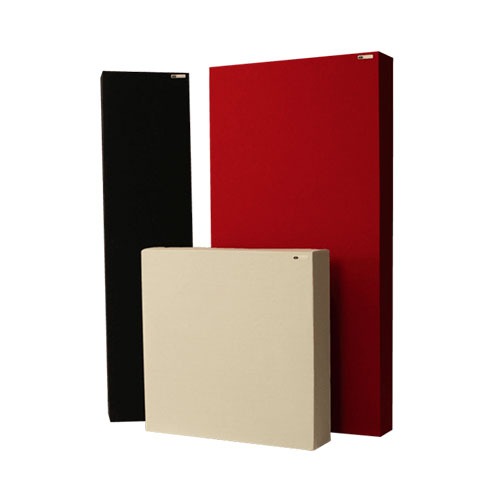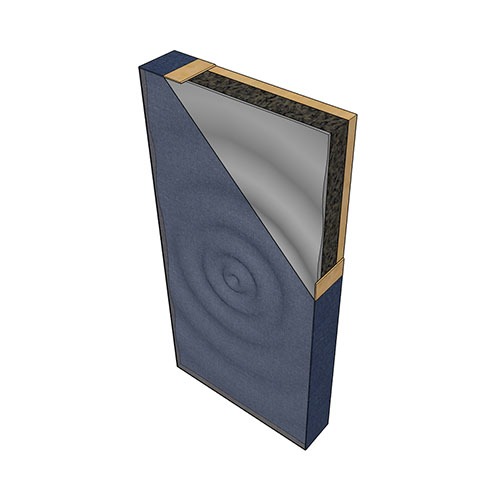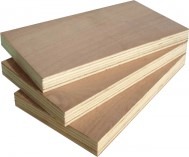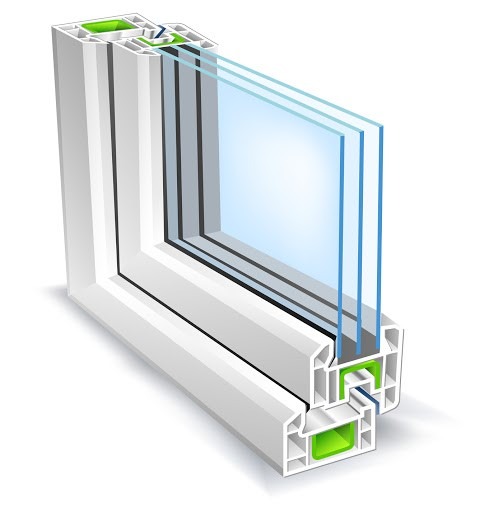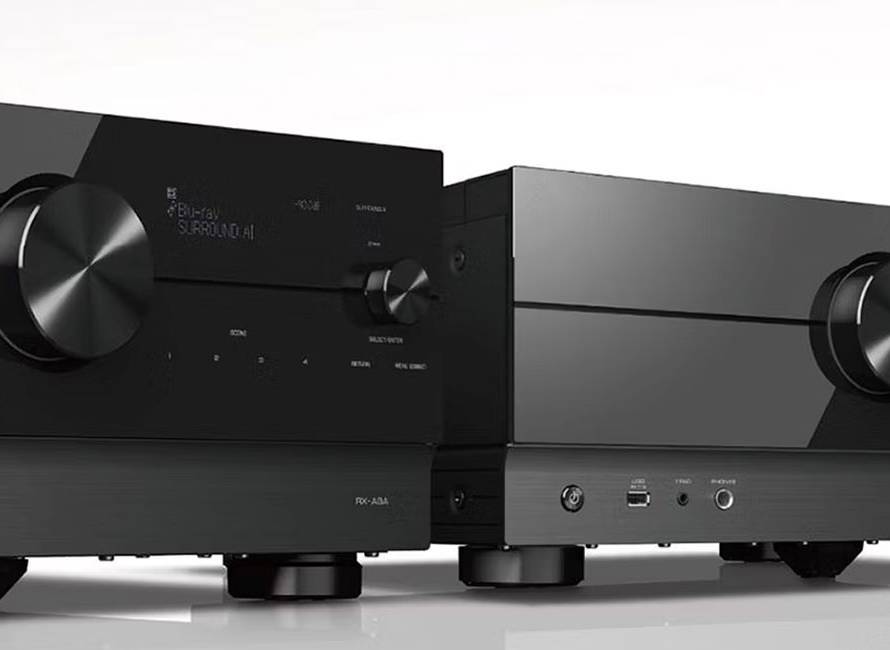Beginners Guide to Soundproofing & Acoustics
Soundproofing and Acoustics are two different techniques used extensively to treat sound in buildings. While soundproofing materials contain the sound in a room and restrict external sound, acoustic treatment reduces echoes and reverberations by absorbing sound waves. Let’s dive deeper to understand what each of these techniques is and how they work.
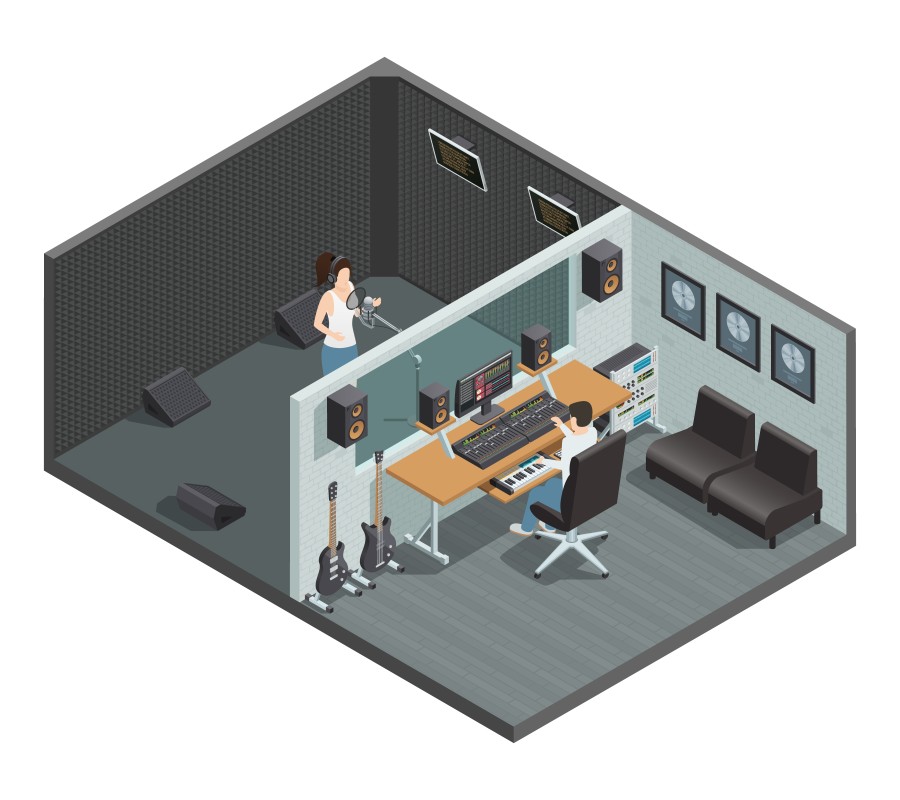
Acoustics:
Have you ever been in an untreated room or auditorium having a conversation with your friend, only to hear echoes every time your friend speaks?
This unpleasant ambience is because of the sound waves that bounce off from the walls, floor, and roof of the auditorium, creating reflected sound waves. These reflected sound waves linger in the room for a while before dying out, interfering with the direct sound waves creating unwanted noise.
If you cover the surrounding walls, roof and floor with sound-absorbing materials such as acoustic panels, acoustic foams and plush carpet, they will help in dampening the reflected sound waves.
Sound absorption ensures that listeners hear only the direct sound waves – providing better speech intelligibility and sound quality.
There are mainly three types of sound absorbers: Porous, Resonance, and Membrane absorbers.
Porous absorbers:
Porous absorbers convert the reflected sound waves into heat. Rock wool is one such acoustic material that uses this technique to absorb unwanted noise in a room. Thicker the rock wool, better the sound absorption.
Fabric wrapped acoustic panels, plush carpets, and Acoustic foam are some of the other examples of Porous absorbers.
Resonance absorbers:
While porous absorbers handle mid and high-frequency noise, resonance absorbers work on the low-frequency energy below 100Hz. Also called Helmholtz resonators, these acoustic absorbers are frequency specific and very effective in treating low-frequency issues if they are built well.
They take up a considerable amount of space, and I assume you would need many more of them in a room to achieve the desired result. Commonly available perforated plasterboard, corrugated sheets and metal boxes are some of the materials that can be used to build resonance absorbers.
Membrane absorbers:
Membrane absorbers, Used generally in Recording Studio or a Home theater room acoustic treatment absorbs bass frequencies. These Bass absorption panels have a front panel of thin Plywood or a custom-built material, with various acoustical material backing to absorb sound.
Lightweight impervious ceilings and floors and thin wood panelling on framing are other commonly used membranes to absorb low frequencies.
One thing to be noted while dealing with sound absorbers is that a layer of paint should be avoided on these, especially on porous absorbers, as the paint will significantly reduce the sound absorbing power, especially on the higher registers.
Soundproofing:
Are you looking at having a confidential meeting in the conference room but afraid that the sound may leak?
Then soundproofing the room is the solution. Soundproof partitions/walls, soundproof doors and soundproof windows lock the sound inside the room.
Soundproofing deals with stopping the noise from entering a building or blocking the sound from leaving a room.
Soundproofing material such as Soundwud soundproof Plywood comes with a Sound Transmission Class (STC) rating that indicates the level of sound reduction that the product offers. When you are looking to buy materials for a recording studio or a home theatre, choose materials with a higher STC rating.
Building an extra layer of Drywall partition and acoustic infill in between the rooms that need Soundproofing also helps contain the sound.
Drywall boards are made of gypsum, viscoelastic, and ceramics. These materials effectively create a barrier to hold the sound from leaking out of the room.
Using Limp Mass Barrier or Mass Loaded Vinyl (MVL) is another method to soundproof the walls of a room. MLV adds a dense mass to the area covering the walls and therefore blocks sound from passing.
Windows and doors are the weakest links in Soundproofing, and you will, in most cases, need an expert’s guidance to build one. Since every room has a different issue, having a thorough understanding of audio and acoustics is essential.
To give you an idea, UPVC soundproof windows used for residential noise isolation come equipped with multiple layers of toughened or laminated glasses with an air gap between them.
Special rubber gaskets used around the toughened glass will help arrest the sound that will otherwise leak through the edges. But for a recording studio, you might want to consider many other technical parameters before deciding on the design and material composition for the same.
Recording studios are fitted with double doors to provide the best possible Soundproofing. Constructed using carefully selected acoustical materials and hardware items, soundproof doors have multiple layers of high-density acoustic materials sandwiched in a specific order.
UPVC doors built on the same technical lines as the UPVC windows mentioned above should work just fine for residential purposes.
Acoustic engineers use simulation software and high-end acoustic measurement devices to design and analyse Soundproofing and Acoustics treatment effectiveness.
Are you trying to build a recording studio or a Home cinema room on your own and stuck in the middle? Are you looking for Soundproofing and Acoustics consultants to help you pick the best Soundproofing and Acoustics materials?
Symphony 440 Design Group AV & Acoustic consultants are always happy to help you. Feel free to reach out to our consultants for any Soundproofing and Acoustics consultation in Bengaluru, Chennai, Hyderabad, Pune, Mumbai, or any other South & North India place.
Image Source: <a href=’https://www.freepik.com/vectors/music’>Music vector created by macrovector – www.freepik.com</a>

